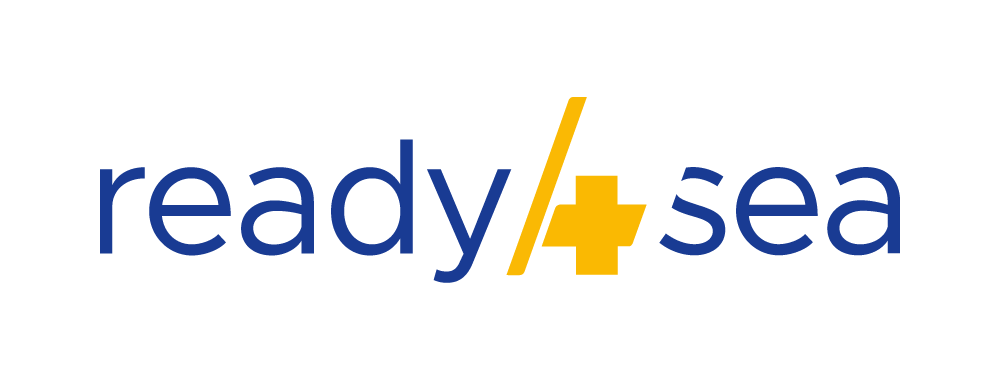Leading lines can be of great help when piloting, since they are very precise.

Question of the day
🔹 Suppose you are following the pictured range astern, do you need to steer to starboardRight side of a boat when looking forward More or port in order to return on track?
And bonus questions
🔹 This simple yet effective navigational aids have (many) different names in different places: what do you call them?
🔹 These markers are not lit, but if they were they could also be used at night. What would they be called then?
👉 Reply on one of our social media below. We’ll post the solution right here next Sunday!
Answer
Thanks to all who have taken part in this quiz.
In order for range markers to be visible from sea level, the rear marker is always the higher one. So here, if you extend the line from the rear marker (on the left of the picture) and going through the front marker, it passes to your right as you look at the daymarks. So to close the gap, you would need to move towards the right side of the picture.
But wait ! You’re trying to follow this leading line astern. So if you now turn 180° to look where the boat is heading, the right side of the picture is actually on your port sideLeft side of a boat when looking forward More. Steer to port and you will get back on track.
Looking for a handy way to avoid getting confused? It’s pretty simple: steer towards the shorter marker, this will get you back on course.
So many names !
The combination of two daymarks can either be aligned in order to follow a precise track or simply combined with another bearing in order to get a precise fix. These beacons and the extending line are known by a surprising number of names in the English language.
In North America, the daymarks themselves might be called “range markers” or “range boards”, the imaginary line being the “range axis” or “transit line”. Both the markers and the line can also be called simply a “range”.
In British English, this concept is more often found under the name “leading line”, with “leading marks” being aligned. This might also be found under the name “transit line” or simply “transit”. All of these names can be interchangeably used throughout Australia, New Zealand, South Africa and other English-speaking countries as well.
If the markers are lit, they become “leading lights” in British English and “range lights” in North America. They might also be referred to as “transit lights”, “alignment lights” or “directional lights”, although less frequently or in more technical contexts.
Our next quiz on (un)docking is now live 👉 we’re awaiting your answer!
